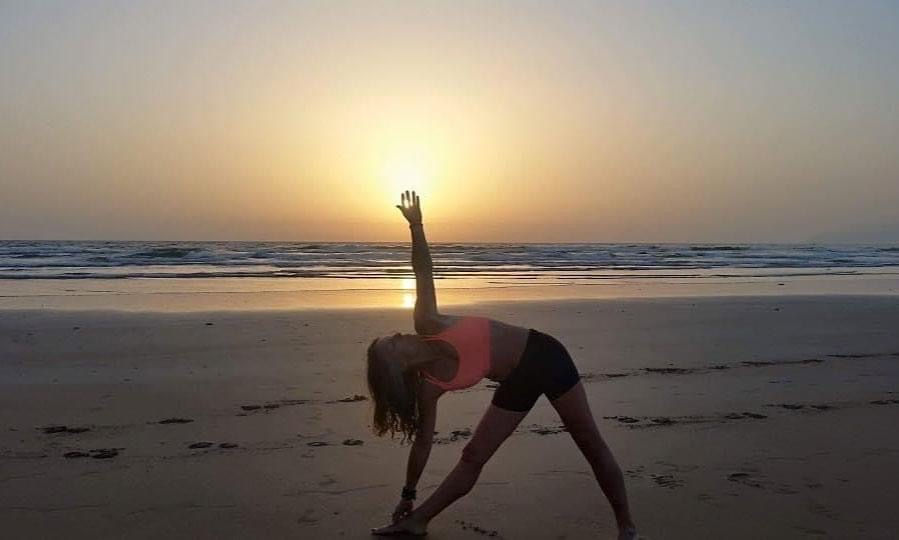Foundation Postures
- Ashtanga Yoga Plymouth
- May 23, 2023
- 1 min read
Foundation postures are the key to establishing and improving our Ashtanga yoga practice. While arm balances, inversions, and other more advanced postures may be fun to work towards, the deep meditative state and healing benefits of the practice is perhaps most accessible in postures like these.
The standing and foundational postures are really the basis of the whole practice as we learn to connect with the breath, body and mind, and then we can transfer all that we learn here to the more complex postures.
For example, Trikonasana is a wonderfully grounding posture that also encourages expansion and space, helping to release tension. It gives a lovely stretch to the back, spine, hips, shoulders and chest and helps to relieve any accumulated tension and compression in the muscles and spine.....It's all about length then rotation, finding openness and space through the body to keep the breath and energy flowing freely.
All this from one standing posture!
But ultimately, Ashtanga yoga is about using movement to connect with the breath, the inner self; training the mind from distraction; leading to a steady and still body and mind in preparation for meditation 🧘🏻♂️🧘♀️🙏





Comments